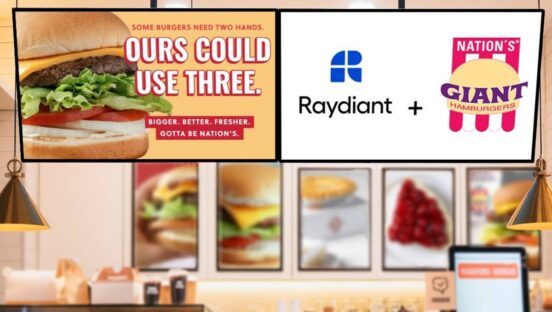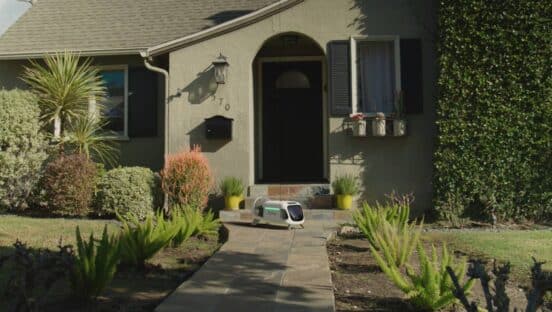It is easy for businesses to underestimate the effort required to introduce a mobile or online pre-order and pre-pay service for their customers. It is more than a technical project and takes more than a “if we build it they will come” approach. Implementing a mobile pre-order/pre-pay service needs long-term thinking and a commitment to an ongoing effort. However, the rewards in terms of business transformation, customer loyalty, and the bottom line will make the effort worthwhile.
Here are four key elements that businesses should consider when implementing their pre-order/pre-pay service:
1. Prioritize the customer experience
It’s the experience that counts. When placing an order online or on a mobile app, customers select their goods from a virtual menu. Businesses should make sure the menu is straightforward to navigate and options are easy to select. Then, customers decide how to pay for the goods online or through the app and arrange for delivery or pick-up. Until this point it is an entirely digital experience. After this, however, the customer must receive their goods in the real world. It’s easy to assume they know exactly how this works, but it is not always the case.
If the purchase is for delivery, it is the driver’s responsibility to ensure the customer receives their purchase in good order. On the other hand, if the establishment is providing a pick-up service they need to make sure the customer knows how to navigate the pick-up process. There needs to be signage in the store that is easy to understand and obvious. If there are separate lines for pre-orders, these need to be clearly signaled or communicated. Alternatively, if there is a curbside pick-up service, customers need to know where to pull up their car.
2. Be prepared for operational changes
A successful pre-order and pre-pay service has the potential to dramatically increase same-store sales and increase profits, but will require operational adjustments, not just once, but ongoing if sales are to continue to increase. Businesses should prepare by thinking ahead about how they’re going to cope with an increase in same-store sales, while realizing there will be a learning curve that even the biggest establishments are climbing.
In their most recent quarter, Starbucks announced that use of their mobile pre-order/pre-pay service more than doubled from the prior year to 7 percent of all U.S. store transactions, causing congestion in their stores. Customers engage in mobile or online pre-ordering to avoid lines, so standing in line waiting for a drink negatively impacts the customer experience. To cope with this, Starbucks is exploring different solutions including store redesigns, cross-training employees to serve customers better, and using text messaging to notify their customers when their food and drink orders are ready.
3. Choose a strategic technology partner
Mobile and online ordering is not a technology “one and done” effort. The marketplace is changing, consumer expectations are rising and the technology needs to evolve while providing a flawless customer experience. Many establishments do not have the time, money or expertise to develop an in-house mobile and online ordering platform and then support multiple releases each year to improve it.
Businesses need a partner who specializes in pre-ordering technology and can provide them with a turnkey platform that is tested and reliable to get them to market quickly. It is just as important to have a technology partner that invests in the platform on an ongoing basis to keep it current, as well as provide the support and consulting necessary for the solution to be successful. This approach will reduce the threat of technology obsolescence and “future proof” the establishment’s mobile strategy by ensuring the technology evolves with the market.
4. Use analytics to improve your relationship with customers
Mobile and online ordering programs capture a wealth of customer data. Data alone is nice, but it’s only the starting point—customer data becomes powerful once it can be applied to the real world and used to improve relationships with actual customers. A mobile ordering solution should give businesses insights into customer behavior both at an individual level and at segment levels. This will enable companies to target both individuals and segments with special offers and personalized messages. For example, if a regular customer or high spender doesn’t visit for a while, you can send them a personal message to encourage a return visit. This information allows businesses to develop a segmentation strategy with demographic groups that receive specialized offers to encourage retention and help drive customer loyalty.
Pre-ordering technology has the potential to transform businesses to higher levels of performance but only if done well, with the right dedication and the right technology partner.












